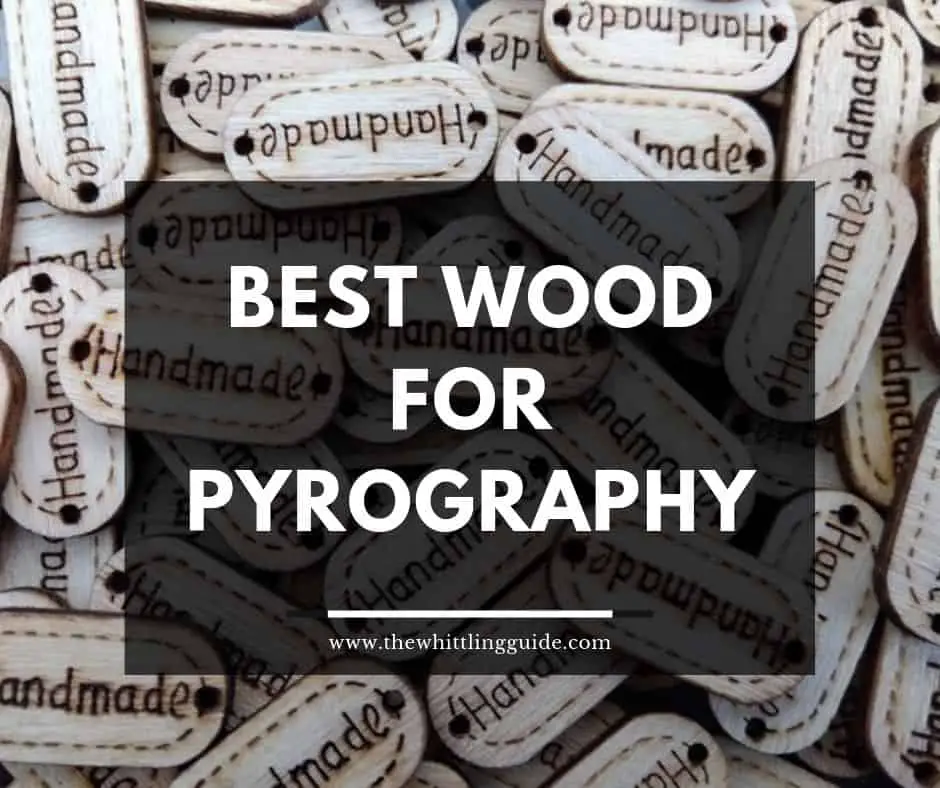
If you are looking for the best wood for pyrography, there is plenty to choose from. Pyrography, the art of decorating wood or other materials with burning hot needles, is a popular pastime for woodworkers. But what kind of wood should you use to get the best results? In this blog post, we take a look at the best wood for wood burning and discuss the pros and cons of each. Stay tuned!
Shortlist of the Best Wood For Pyrography
Basswood
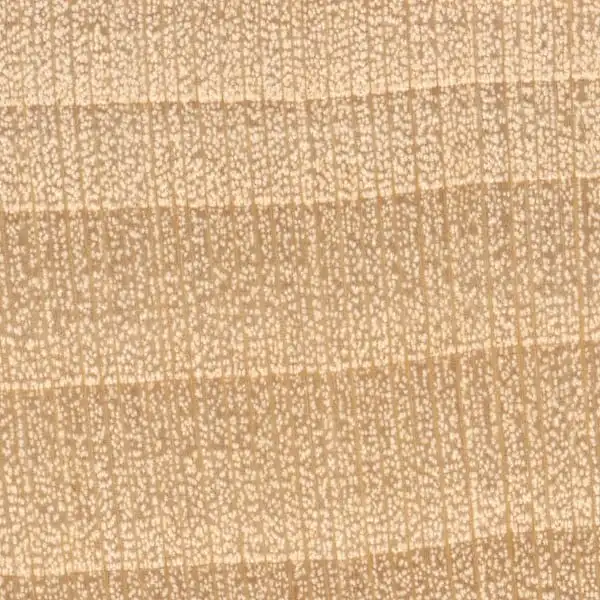
Basswood is a class of 30 tree species from the mostly temperate northern hemisphere. In North America and Europe it is also known as linden and linden tree. Linden is a very light, soft and easy to work wood that is grainy, odorless and has a beautiful texture and natural luster. This wood is effortless to dry.
This wood is also good for pyrography. It is resin-free, has a good texture and a clean surface, and gives a nice appearance to the art. It is very inexpensive and very readily available. It is easy to glue, easy to cut, easy to sand and easy to shape. It is controllable. But sometimes its softness can be difficult for hard art or decoration.
Check Price of Recommended Product
Mahogany
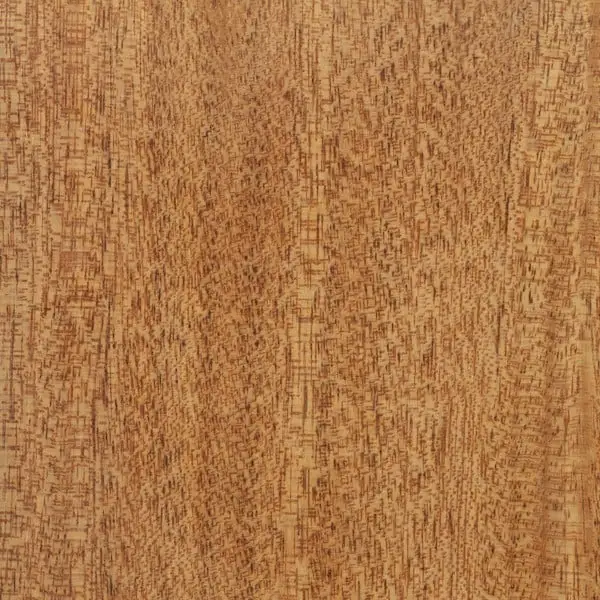
Mahogany is a strong and heavy wood, mainly straight grained and reddish in color. There are three species of mahogany such as Honduras, West Indies and Swietenia humilis. This wood is very popular for use in furniture. Its dark reddish and brown color beautifies the furniture best. Because of its hardness, it is very durable.
Its dark color sometimes overshadows the art. Most of the time, this type of wood is used only for name art. Its color sometimes fades and the surface texture often changes. But if you can choose faded wood, it can sometimes work. Besides, this wood is very expensive to buy.
Birch Plywood
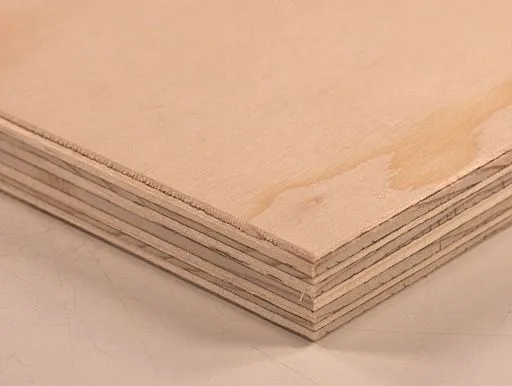
It is a unique species because it has a veneer core that crosses with the outer glue. This birch comes from the northeastern region of Europe and is very popular for making furniture. There are two species, one is Baltic, the other is Russian.
It is also known as the tablet for an artist. It is clean and lively with an attractive appearance. It has a grain that is beneficial for art. It is also very economical and easy to cut and shape. It is thick, and its clean surface shows off the art to its best advantage. If mistakes are made, it is difficult to overwrite this surface. Solid wood is more popular than plywood and is more similar to linden.
Check Price of Recommended Product
Alder
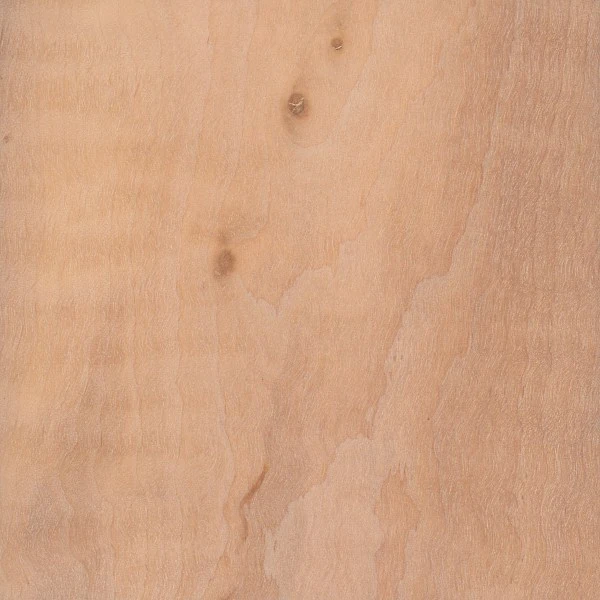
This is a genus with 35 species of monoecious trees. It is hard and beautiful to burn. No resin and the fresh outlook are perfect for any art to perform. But this wood is not wide enough. It is also very grainy, which is sometimes problematic for art. It is neither expensive nor very cheap. It is more in the middle price range. Because of its hardness, it is more durable.
Check Price of Recommended Product
Balsa Wood
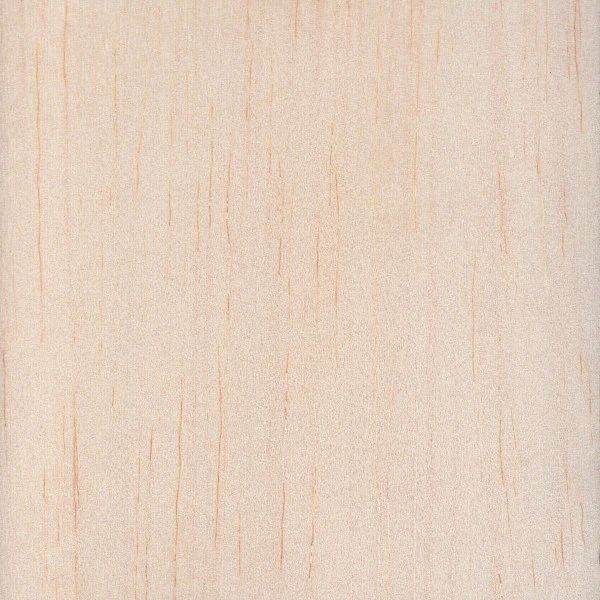
This is more of a flowering plant species. It contains the species Ochroma pyramidale, which is known as the balsa tree. This wood has no grain. These woods are harvested after growing for six to ten years. Balsa wood is considered the strongest wood in the world. It is light but strong, and this is the peculiarity of this wood. It has a pretty good surface and thin French fries.
It has no resin. It is soft and easy to shape, easy to cut. This is also very economical to purchase and practice. The clean color also makes the art very attractive on the surface. But it is not a finished wood, it must be prepared. And it has a deficient variant of the size available. This wood is most often used in practice. Because of the thickness, the firing tip sometimes sinks into the wood.
Check Price of Recommended Product
Beech Wood
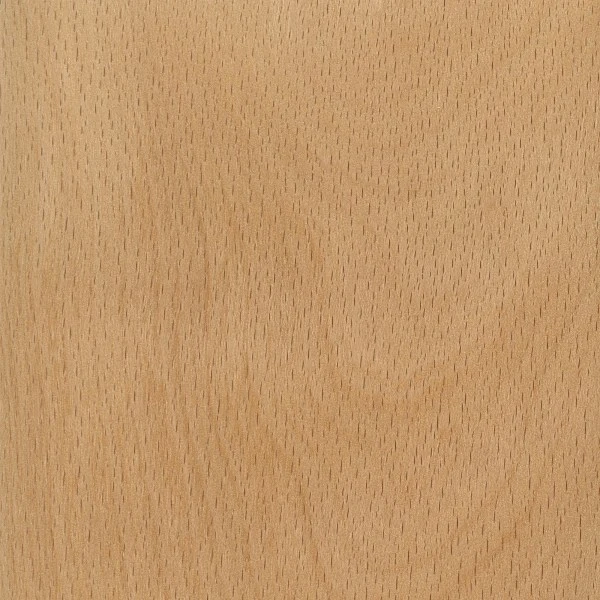
This wood is found in Europe, Asia and North America. It is also a hard and strong wood. It is white wood, but sometimes it turns reddish when it grows on acid soil. It has a fine grain. It is smooth. This surface hardness sometimes makes it difficult to fire and shape.
This is a mid-range wood for pyrography. This wood is not known among pyrography artists.
Check Price of Recommended Product
Cherry Wood
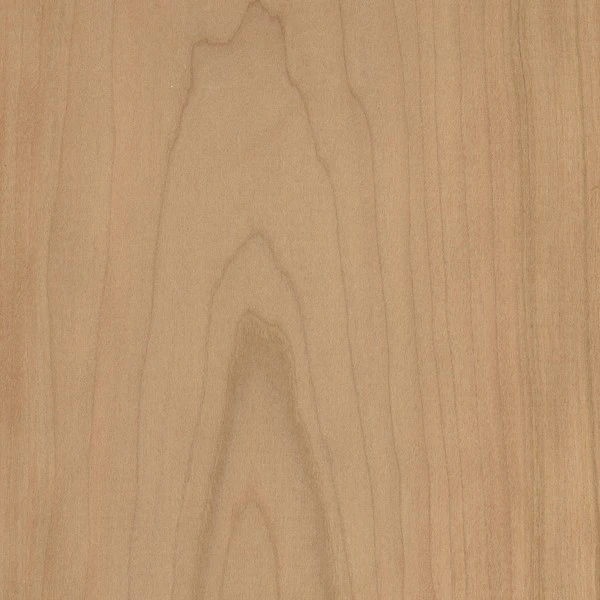
Cherry wood is best known for its excellent bending properties. It is not as hard as other woods and is often used for making cabinets, moldings and joinery. It is also not one of the favorite woods for pyrography art. It is dark in color, which may not highlight the art being performed on its surface. It does not contain resin and is available in different colors.
And this wood can make pyrography a bit expensive because it is known for other purposes. Mostly, this wood was used for exercise purposes. It is more like maple wood. Artists can find it very easily because of its smoothness.
Check Price of Recommended Product
Hickory Wood
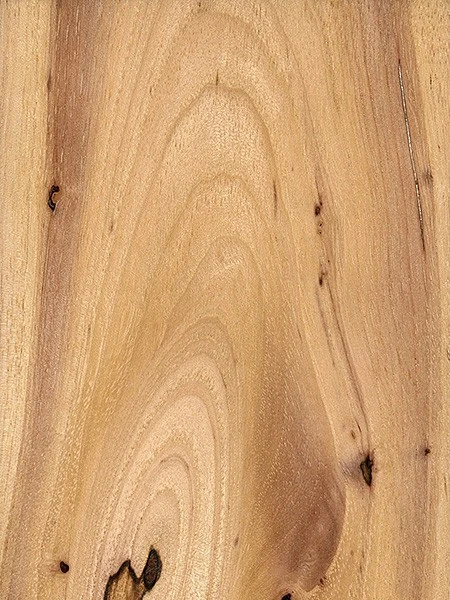
Hickory belongs to the genus Carya. There are nineteen species worldwide, most of which are found in North America and the rest in Asia. Hickory is the hardest and strongest wood. This wood is widely used for its best feature, impact resistance. There are many color variations in the wood surface, which can be a bit of a problem for pyrography. Also, too many grains interfere with the art as pleasant. It is very inexpensive to purchase.
Maple Wood

Maple wood is found mainly in Asia. There are 128 species of it. It is strong and looks good. It can be dyed well. It is very attractive for its color, smooth grain, nice texture and durability nature. It comes from a sugar maple tree with white color, rounded with a brown-reddish hue, and is mostly used for furniture, cabinets and sports equipment.
Because of its great attractiveness, it is a little expensive, but worth the money. Less grain and light color without resin, this hard surface is popular for pyrography. And most importantly, on this surface is easy to correct the mistakes made.
Check Price of Recommended Product
Oak Wood
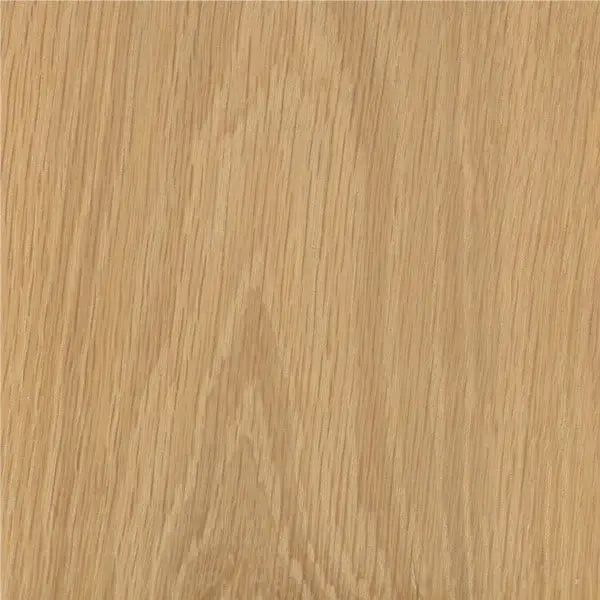
It’s also the most popular wood for furniture and other crafts. It’s hard, but not like maple wood. But it’s durable and well stained. This wood has a great grain. Although it’s popular for other uses, it doesn’t cost as much as others. White oak is stronger than red oak and will darken over time due to oxygen and UV light.
This can cause a little damage to the art performed on its surface. There is a wide saying that this wood has much moisture, making unnecessary sap bubbles and getting the art messy. It’s not the best wood by nature to art or wood burn. This is dark, and lots of color variations may not highlight the artwork on its surface. Oak is economical to purchase and mostly available.
Pacific Albus
It’s more like Balsa Wood. Low grain, light color, no resin, and softness is perfect for pyrography. It’s very easy to art on the
Pinewood
Pine is a common wood for pyrography. But there is so much not to love. Yellow pines fail to give a proper finish to the art. And it’s hard to art because of its different grains. It’s pretty resinous. It is light in color, and it’s soft and easy to control or embossed lines.
Fewer features but widely common for pyrography. But white pine is suitable for all sites to burn, and it’s cleaner and smooth. Art on the white pine wood surface looks gorgeous and attractive, and it is durable and economical to purchase.
Poplar Wood
North American Hardwood Poplar is good alternative for many kinds of wood, costing more than 2 or 3 times. This is white, and creamy yellow can sometimes be brownish in appeal. The name “Poplar” comes from ancient Rome, and Romans used to plant this tree in public spaces, and that how the name “populous” comes, and then the name got the form of Poplar.
This is reviewed and liked as the most popular one for pyrography. This wood is straightforward to resize. Soft grains are perfect for wood art. It burns very quickly, and it’s so accessible. The color is a light, hard surface, gouge resistant, and economical to purchase is an ideal wood for pyrography. Most artists recommend these woods for pyrography. This surface allows fixing the mistakes. The little resinous and hard surface can heat back the pen or poker.
Redwood
Redwood is industrial wood, and this wood has chemicals inside, and it’s much more durable than any other wood. There are three types of redwood, a) Coast redwoods, b) Giant sequoias, and c) Dawn redwoods.
Its exposure is oily and bothers the artist to art on its surface. But this wood is easy to burn and requires a lower heat to burn. It has grains but not others and is favorable to art and burn. This wood will cost a little much because of its availability and its hard and strong wood.
Overall a perfect condition for perfect pyrography is light color hardwoods so that it never sinks the burning pen on it. It has to be low grains and favorable to art, and it is to be remembered never to burn on finished wood or anything made of plastic.
Choosing a smooth surface with a great light texture is easy to burn. Also, correctly preparing the wood makes differences for pyrography, making significant differences on the wood surface. So sometimes, you can ruin a good wood surface because of poor preparation.
Also, there are different types of art, personality, and choices, making the wood preference different. But after analyzing the above discussion concerning the features of the woods, Poplar, Basswoods, Birch Wood are more suitable for pyrography. And rest depends on the artist’s preferences. If you are starting your wood-burning journey, you should also read our post on How to Clean Wood Burning Pens | Easy Method.
- Grain and Sheen: Teak Oil versus Danish Oil Uncovered - January 10, 2024
- The Cherry on Top: Crafting the Perfect Cutting Board - January 9, 2024
- Polyurethane Water-Based vs Oil-Based: Choosing the Right Finish - January 8, 2024
